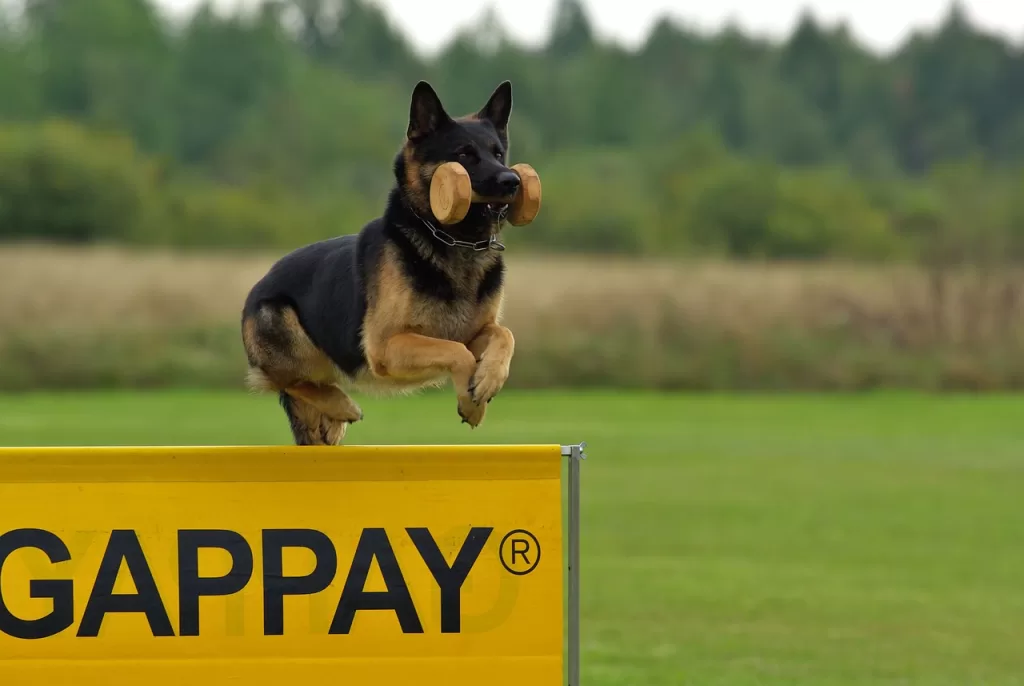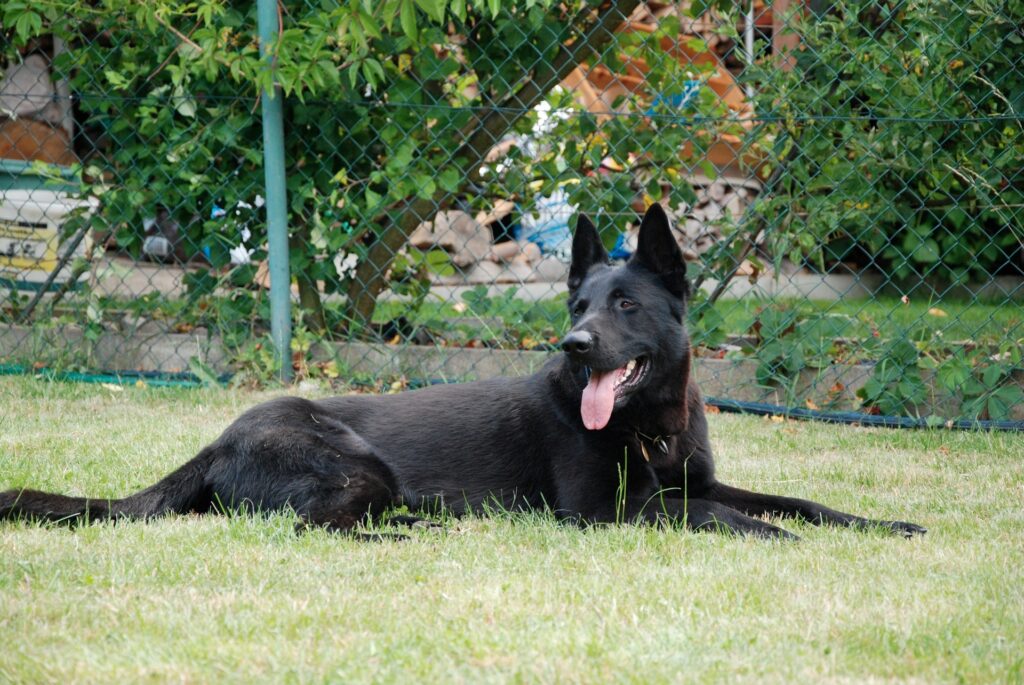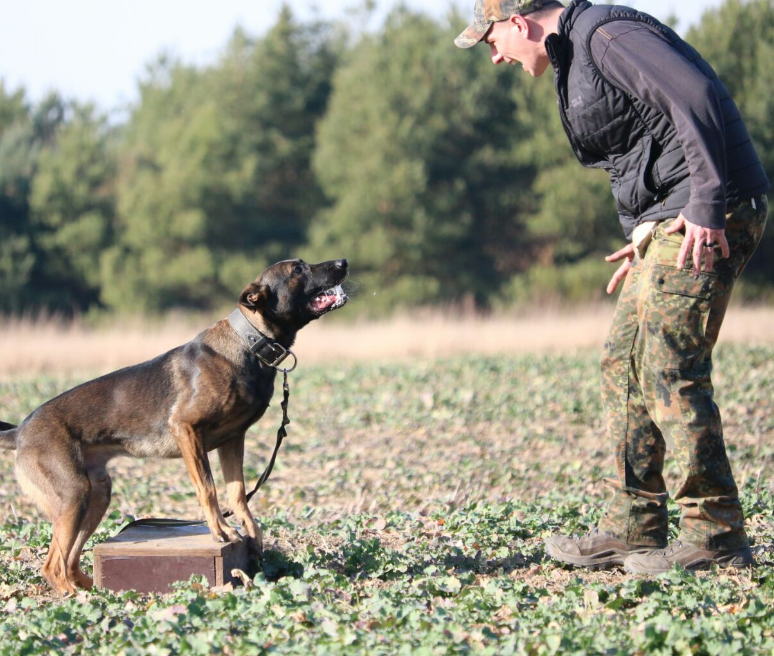
Introduction
Dogs are known for their unwavering loyalty and affection towards their owners. However, this strong bond can sometimes lead to separation anxiety when they are left alone. Separation anxiety is a common issue that can result in destructive behavior, excessive barking, and stress for both the dog and their owner. Fortunately, with the right training and patience, you can help your furry friend overcome separation anxiety. In this blog, we will discuss effective training tips to ease separation anxiety in dogs and create a happier, more relaxed environment for everyone involved.
Gradual Introductions
One of the key strategies for dealing with separation anxiety is to make departures and arrivals less stressful. Start by practicing short separations and gradually increasing the time you spend away from your dog. This will help your pet get used to the idea that you will come back, reducing their anxiety over time.
Create a Comfortable Space
Make sure your dog has a safe and comfortable space to stay while you’re away. A crate or a designated area with their bed, toys, and water can create a secure environment. Familiar scents and items can help your dog feel more at ease when you’re not around.
Positive Association
Associate your departures with something positive. For example, before you leave, give your dog a special treat or toy that they only get when you’re not home. This can create a positive association with your departures.
Practice Obedience Training
Obedience training can help boost your dog’s confidence and reduce anxiety. Teaching them basic commands like sit, stay, and come can be beneficial. These commands can provide structure and reassurance when you’re not present.
Exercise and Mental Stimulation
A tired dog is often a calmer dog. Make sure your pup gets plenty of exercise and mental stimulation before you leave. Long walks, playtime, and puzzle toys can help tire them out, making it easier for them to relax during your absence.
Desensitization
Desensitization involves exposing your dog to your departure cues (like picking up your keys or putting on your coat) without actually leaving. This can help reduce the anxiety associated with these cues. Repeat these actions multiple times a day, gradually increasing the time before you actually leave.
Counterconditioning
Counterconditioning involves changing your dog’s emotional response to your departures. You can do this by rewarding calm behavior when you’re about to leave or when you return. Over time, your dog will associate your departures with positive experiences.
Seek Professional Help
If your dog’s separation anxiety is severe or not improving with training, don’t hesitate to seek help from a professional dog trainer or a veterinarian. They can provide tailored advice and, in some cases, recommend medication to alleviate severe anxiety.
Avoid Punishment
Never punish your dog for displaying anxious behavior. Punishment can worsen their anxiety and create trust issues. Instead, focus on positive reinforcement and training techniques to address the root cause of the anxiety.
Be Patient
Dealing with separation anxiety can be challenging, and progress may be slow. It’s essential to remain patient and consistent with your training efforts. Every dog is unique, and what works for one may not work for another. Stay committed to helping your furry companion overcome their anxiety, and celebrate small victories along the way.
Conclusion
Separation anxiety in dogs can be distressing for both pets and their owners, but with the right training and techniques, it is manageable. Remember that every dog is different, and it may take time to see significant improvements. Be patient, stay positive, and seek professional help if needed. By following these training tips, you can help your dog become more comfortable and relaxed when you’re not around, leading to a happier and healthier relationship between you and your furry friend.
For more details, please visit the website: www.valhallk9.com


